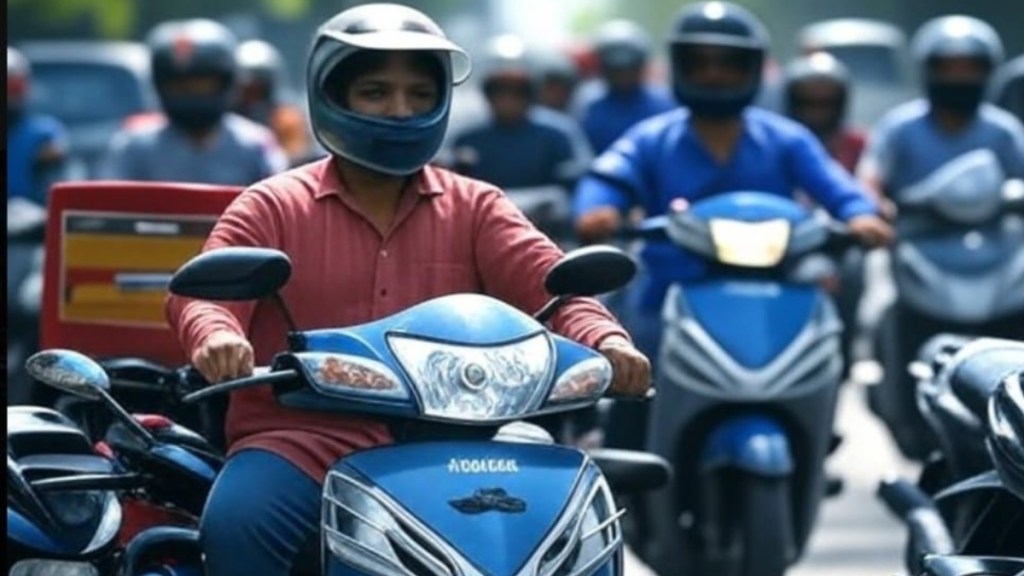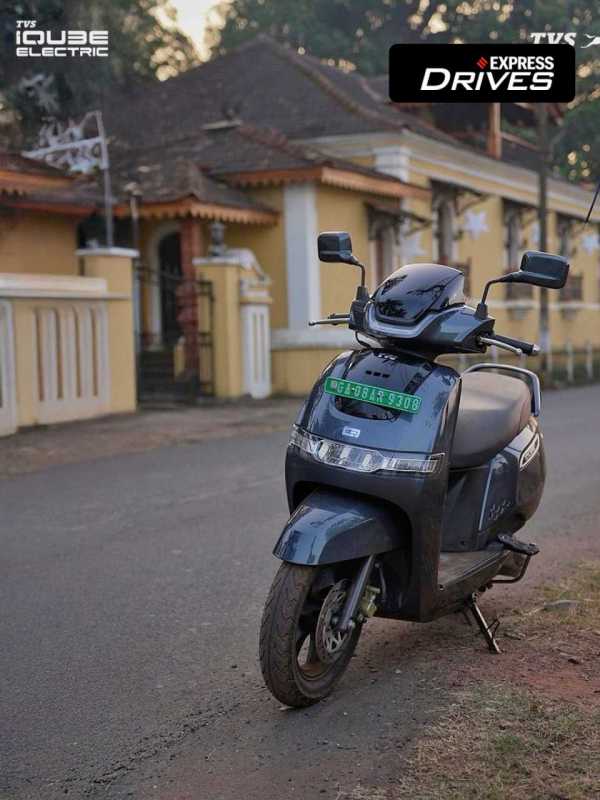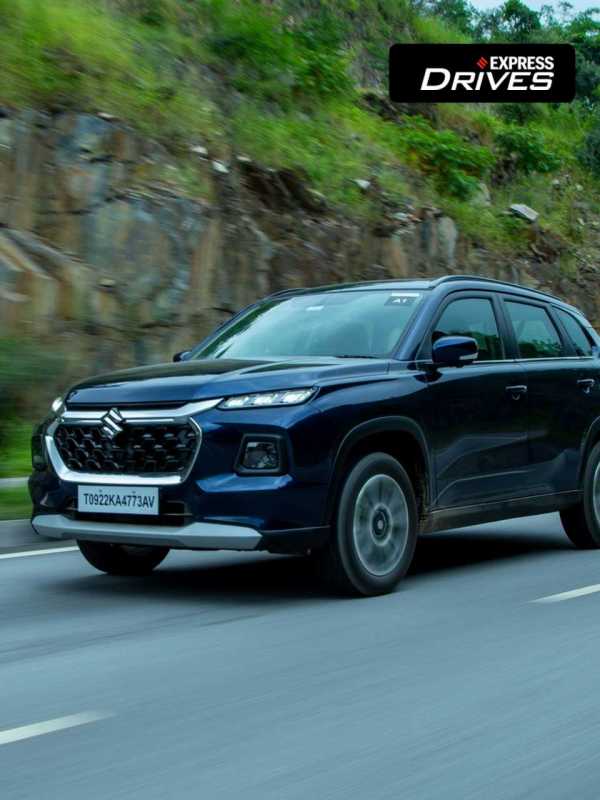By Navneet Sharma
As India stares at the challenge and opportunity of gainfully employing one of the world’s largest youth populations, few sectors present as immediate and scalable a solution as two-wheeler logistics and delivery services. The silent transformation underway in India’s streets, where young riders deliver groceries, medicines, meals and packages, is more than a tale of convenience. It is an evolving story of employment generation, urban economic integration and the formalisation of the gig economy.
A demographic tailwind in search of jobs
India adds approximately 1.2 crore people to its working-age population every year. As per Government of India data, by 2031, the working-age population is projected to be 96 crore and by 2036, it’s projected to be 99 crore. According to the NFHS and estimates by the UN, more than 65% of India’s population is under the age of 35, and nearly 50% is below 25. This demography is a dividend only if converted into productive employment.
Traditional sectors such as agriculture, manufacturing, public sector employment etc are no longer capable of absorbing the scale of this workforce. In this vacuum, platform-based employment in the form of two-wheeler logistics offers a flexible, rapidly scalable alternative.
Beyond logistics, the burgeoning demand for two-wheeler passenger mobility services also presents a significant avenue for employment and economic growth. While not the direct focus of this article, the expansion of ride-hailing services using two-wheelers in urban and semi-urban areas further underscores the versatility of this segment in addressing diverse transportation needs and generating livelihoods, particularly in regions where public transport infrastructure is still developing. This aspect of two-wheeler utilisation, though distinct from delivery, contributes to the overall narrative of the sector’s expansive potential.
The rise of 2-wheeler logistics
India’s two-wheeler logistics boom has been catalysed by the growth of e-commerce, food delivery, and quick commerce (q-commerce) platforms. The model is simple but powerful: low capital investment (one bike and a smartphone), low barriers to entry (basic driving licence and onboarding), and flexible hours attract a large pool of underemployed or semi-skilled youth.
Niti Aayog estimates the number of gig workers and platform workers in the country was 7.7 million in 2020-21, including women, which is expected to rise to 23.5 million by 2029-30. As of early 2025, industry estimates suggest there are over 6 million active two-wheeler delivery riders in India. These platforms not only offer jobs directly but also contribute to a growing ancillary ecosystem—bike leasing and financing firms, repair workshops, app developers, store staff, packaging personnel, insurance agents, and more.
According to a white paper from Forum for Progressive Gig Workers, India’s gig economy’s contribution to India’s GDP could be 1.25% by FY30 and it can create 90 million jobs, with two-wheeler logistics being a central pillar. Moreover, the segment has been crucial in absorbing reverse migrants post-COVID, especially in urban peripheries and Tier 2–3 cities.
Employment quality
Critics often argue that delivery jobs are temporary or insecure. But let me count the bright side. Firstly, depending on city and hours, a delivery partner can earn between Rs 15,000 to Rs 30,000 per month that often surpass entry-level wages in manufacturing or retail. Secondly, many riders acquire soft skills, digital literacy, and customer handling experience, enabling upward mobility or lateral movement into sales, warehousing, or fleet management. Thirdly, a growing number of riders are being brought to the formal economy fold through ownership or leasing their bikes, acting as micro-entrepreneurs with tax filings, insurance accounts, and financing history.
Formalisation through policy
Recognising the need to bring gig workers under a social safety net, the Government of India launched the e-Shram portal in 2021. As of 2025, over 30 crore unorganised workers have registered, including lakhs of two-wheeler delivery riders. The e-Shram database, integrated with Aadhaar, enables access to targeted welfare schemes, pension schemes like PM-Shram Yogi Maandhan, and accident insurance under Pradhan Mantri Suraksha Bima Yojana.
Some progressive state governments have gone further. Goa, Delhi and Kerala offer subsidised EV two-wheelers for gig workers and have tied up with platforms for formal insurance enrolment. Rajasthan has initiated a pilot to include delivery riders under state health insurance schemes.
These schemes help address a key challenge i.e. lack of social security especially for health and accident risks to gig work.
While the sector has shown significant growth and innovation in various areas, sustained and effective government support is crucial. Such support can yield substantial long-term benefits for the economy and provide a much-needed sense of security to the various individuals working in this sector. Many currently lack clarity regarding comprehensive government backing for an activity that has become deeply enmeshed in everyday life. Proactive policy measures and consistent engagement from the government can further solidify the foundation for this evolving employment landscape.
Jobs to women and creating value chains
Although the segment remains male-dominated, platforms have begun experimenting with women-led delivery fleets, particularly for groceries, pharma, and neighbourhood logistics. Delhi, Bengaluru, and Hyderabad have seen dedicated programs that combine skill training with vehicle ownership support, unlocking a new frontier for female labour force participation in the gig economy.
The real multiplier effect of 2-wheeler logistics lies in its ancillary employment generation. For every delivery rider, there are indirect roles supporting the chain, for example: store employees handling inventory, fleet maintenance and fuel service providers, mobile app engineers, geolocation analysts, UX designers powering logistics tech, and Last-mile delivery coordinators and shift supervisors.
This integrated ecosystem supports not just tech graduates or urban professionals, but blue-collar workers, small traders, and local micro and small enterprises.
From gig work to growth work
To unlock the full employment and economic potential of two-wheeler logistics, India needs to adopt a whole-of-government approach that addresses both the structural gaps and growth opportunities within the sector.
This begins with the effective implementation of the Social Security Code, which requires active participation and buy-in from individual states to ensure that gig and platform workers are brought under a formal safety net. Alongside this, there is a pressing need to mandate co-contributions from platforms to insurance and welfare funds, thereby sharing the responsibility for worker security between the state and the private sector.
Incentivising startups that invest in electric vehicle-based last-mile logistics by offering targeted tax incentives can accelerate the transition to a greener and more efficient delivery ecosystem. To enhance transparency and accountability across the sector, the government should also establish a comprehensive public dashboard to track critical metrics such as worker grievances, accident data, and payment timelines, enabling data-driven policy responses and ensuring that the benefits of the gig economy are widely and fairly distributed.
Done right, two-wheeler logistics can be a launchpad for India’s new urban middle class. With over 1.2 Crore youth joining the labour market annually, this sector provides a rare alignment of demographics, digital technology, and decentralised economic opportunity.
The author is a competition policy and market regulation expert. Views are personal.



















